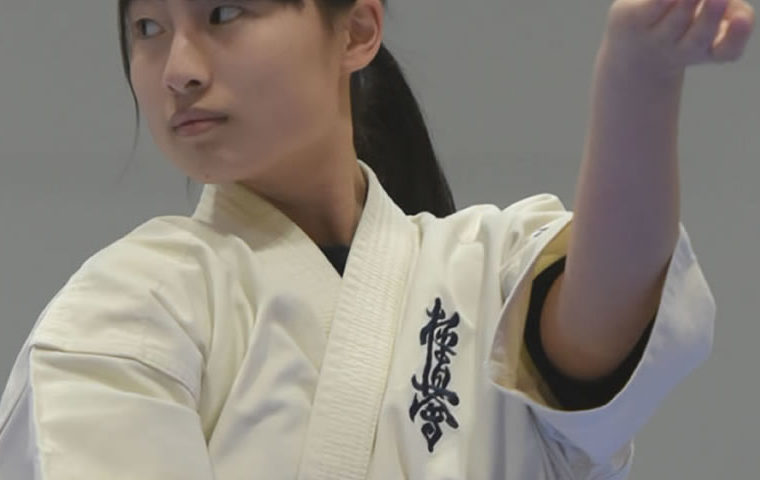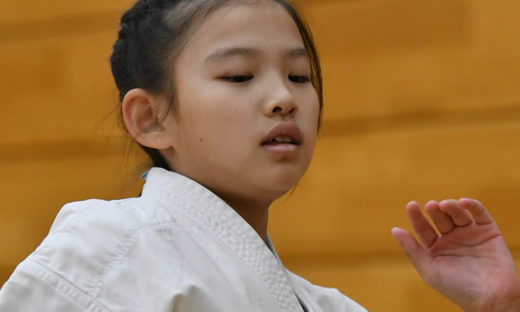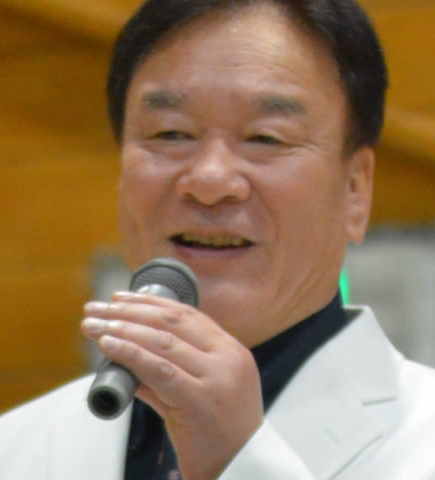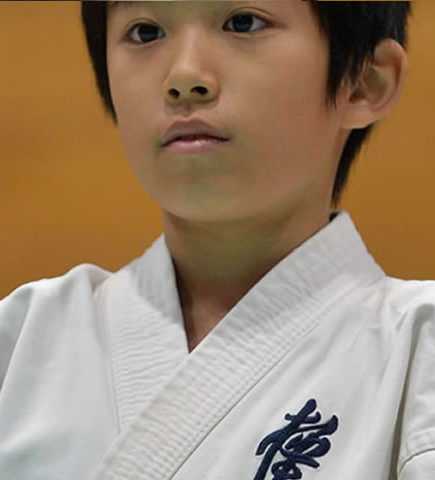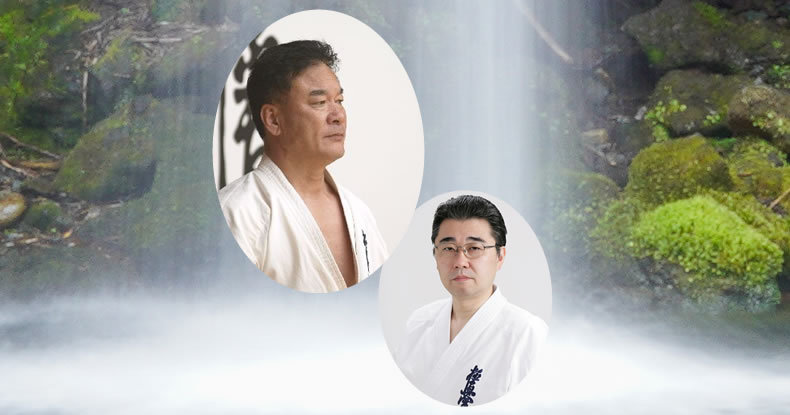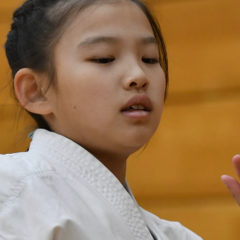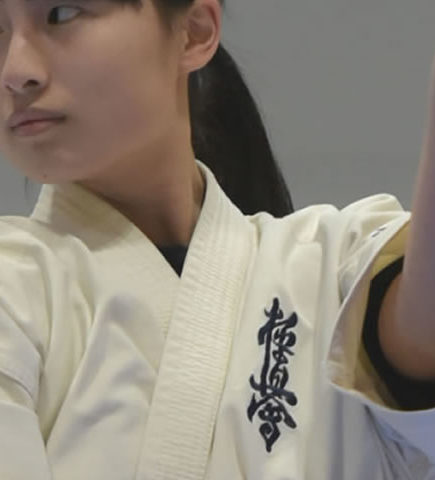Learn the difference between conversation and dialogue

Last Updated on 9 June 2020 by Group headquarters office
Table of Contents
Difference between conversation and dialogue
Frequently asked because of the martial arts' emphasis on 'dialogue'.The difference between conversation and dialogue in the martial arts is explained in the following section.I would like to clarify.
There may be various interpretations, but in the Dojo, the 'meaning' ofWe teach that there is a difference between sharing Simply exchanging words.Compared to 'conversation', in which people respect each other and share the meaning of words.Having a 'dialogue' is a 'dialogue'.
Even if they use seemingly the same Japanese, they mean different things to different people.Therefore, despite communicating with each other, they pass each other by.This is often the case. It's a mutual exchange is a conversation.In many cases, the meaning is not shared.
This dialogue is essential, especially during a child's developmental years. MeetingIt is out of the question that we don't even talk about it, but the family is relatively happy and wellThe child's mental development is not fully developed, even though we are talking about it.We have seen cases where the child is not a good candidate for a parent-child relationship. In such cases, the essential parent-childIt is highly likely that dialogue is not taking place.
'Did you do your homework', 'It's time to eat', 'Go to bed early'.necessary for growth, no matter how many life conversations such asIt is not a dialogue. Shared 'place' and shared 'meaning'are different.
In the dojo, make sure that children do not listen to their opponents with one ear andWe teach them to listen with both ears. Hearing the other person's words themselves.It is important to be receptive to the meaning of the words, rather than to the meaning of the words themselves.Eye.
People who can engage in dialogue are not only excellent human beings, but also have excellent relationships.In the martial arts, the same is true, although it may seem strange that there are noYou can use a variety of techniques.
Pseudo-validation in the martial arts.
Bujutsu is the art of taking the "invisible mind" and turning it into a "visible body" through its techniques.It has the advantage that it can be verified with a 'body'. However.The difference between conversation and dialogue is examined in a pseudo-martial arts context.The following are some of the most important issues that can be addressed.
'Conversation' does not share meaning with the other party, so the other partyThe term is used to refer to the "selfish and one-sided techniques used against theThe new system can be replaced by a new one.
Dialogue shares meaning, so it is not a one-way technique.The idea is not to "connect with the other person", but to "connect and synchronise with the other person".Can be replaced by.
Self-interested and one-sided techniques (conversation)
Especially in the case of beginners and other inexperienced people, think about the person you are dealing with.The technique is performed with full force and without self-centredness. This is exactly what it is.This can be described as a state of 'conversation' where the two parties do not share a mutual meaning in
The technique was not at all successful, even though I was sweating as hard as I could.No. Trying to knock down an opponent and not being able to knock him down, trying to throw him.You can't throw even if you do, you can only breathe hard. Co-meaning.In a non-existent conversation, the other person is not what he or she thinks he or she wants to be to the other person.to have little or no impact on the
Integration with the other party (dialogue)
The essence of bujutsu lies in oneness (synchronisation) with the opponent.Contact with the other party, without any thought of what to do with him or her.If you do, you will be connected without cutting. And made contact.It unites with the central axis (body) of the opponent from the part. Masa.to capture the central meaning (heart) of what the other person is really trying to say, and toIt is the same state of 'dialogue' that is embodied (synchronised).
If you have no martial arts experience, it may be difficult to imagine.However, through integration, the opponent is easily neutralised and contained.The first time you do this, you will be The proof of the argument is in the simple experience!If you are interested in this, please speak to us. togetherness, not power.To experience that our techniques can be extended to the opponent throughThis can be done.
In other words, by becoming one with the other party through dialogue.The first time you speak to someone is when you know that your words will reach them.The following is a list of the most important issues that need to be addressed. True communication unless dialogueand cannot be developed.
To our children as people who are capable of respectful and moderate dialogue with each otherWe want them to grow up. For this reason, we strive to ensure that the childWe hope that a lot of dialogue will take place with the suppliers.
[su_divider text="top" style="dotted"].
 | Masanori Sugihara, Kyokushin Karate 4-dan Secretary General of Kyokushinkaikan Group Head of Kyokushinkaikan Tokyo Headquarters He has numerous martial arts experiences and also organises learning dojos from the perspective of both the monbusho and the bujutsu (martial arts). He researches youth education through martial arts and regularly publishes the 'Karate News' at local primary schools. He also writes a martial arts column in the economic field. https://budo.tokyo/ |



